Tour of Kyoto State Guest House (1)
This is a continuation of my visit to the Kyoto Imperial Palace. I was almost defeated by the heat, but I recovered after having lunch and cooling off.
I decided to visit the Kyoto State Guest House next to the Kyoto Imperial Palace.
According to my research on the Internet, numbered tickets are distributed on the day of the visit. I thought, “It’s already past noon, so there might not be any left,” but I decided to go anyway. (I noticed later that there was a Twitter page of Kyoto State Guest House, and it showed whether or not numbered tickets were still available on the day of the tour.)
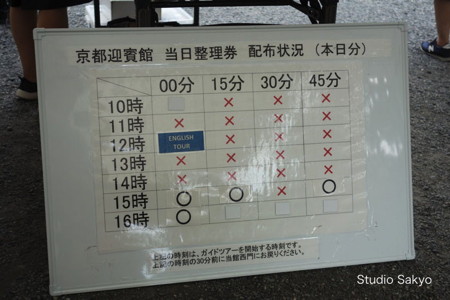
It is now 14:20.
Numbered tickets for the guided tour were available! I can enter the tour from 15:00.
I am so happy.
There are two types of visits to the Kyoto State Guest House: (1) the visit that a viewer does by oneself and (2) guided tour, depending on the time of year.
From July 27 to August 2017, the oneself visit method is used.
I participated in the guided tour because my visit was earlier than that.
The admission fee is 1,000 yen for the free admission method. For the guided tour, it was 1,500 yen.
We entered the museum 30 minutes before the tour to get ready for the tour.
First, we went through a metal detector and baggage inspection, purchase a ticket, and leave our baggage in a locker. Photography is allowed (no tripods, no flash, no videos). Wait for a while until the time comes.
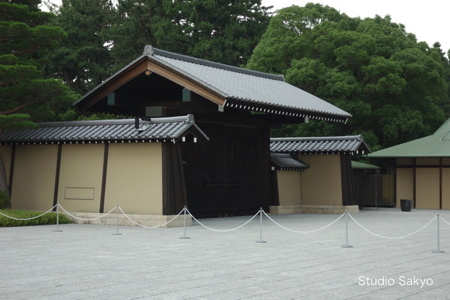
We are at the porch in front of the main entrance. The photo shows the main gate seen from the porch. Guests from overseas would be loaded into a car, pass through the main gate, and get off in front of the main entrance.
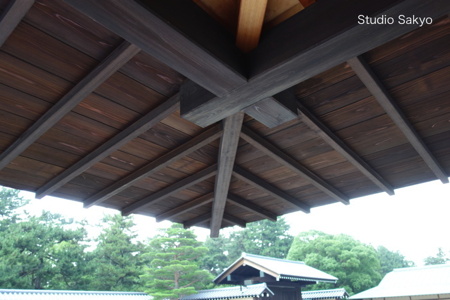
This photo was taken toward the main gate with the eaves of the porte-cochere.
The main entrance door is made of a single piece of 700-year-old zelkova. Enter from here.
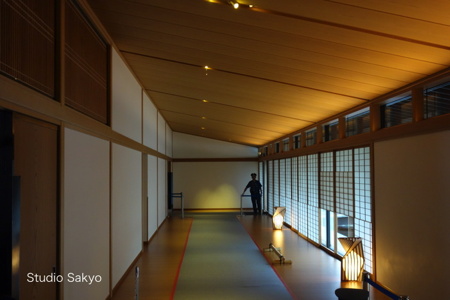
Entering the entrance and looking to the left. (The tour course is on the right.)
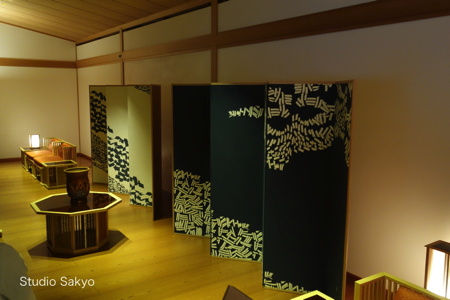
This is the “Juraku-no-Ma" room. This is a space positioned as a lobby. It is used for many purposes, such as a waiting area for attendants when a dinner party or ministerial meeting is held.
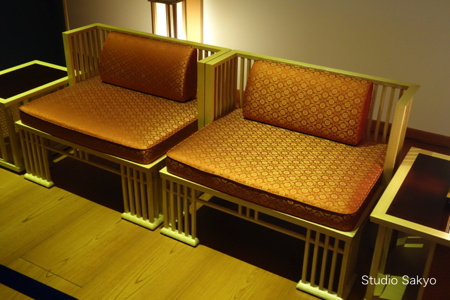
This is a close-up shot of the chairs.
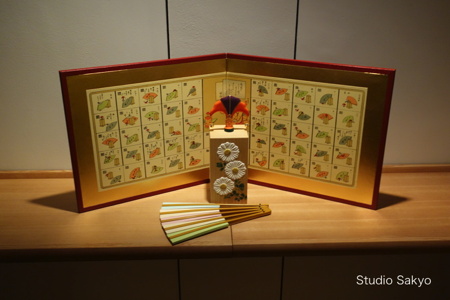
This is the first time it has been exhibited to the public.
Tousenkyo (a game using a folding fan) and a folding screen.
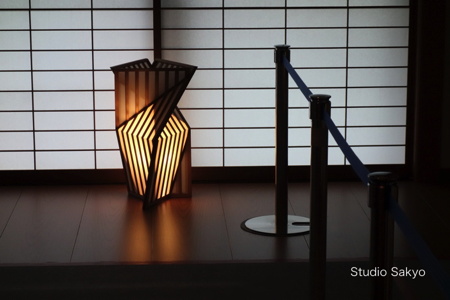
This lighting is my favorite.
It is made using the “Sashimono” technique, in which Hozo (mortise and tenon) is used instead of nails and other metal fittings.
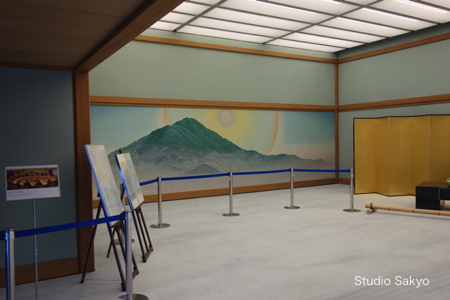
We are now at the “Yubae-no-ma” room. This room is used for meetings, tea ceremonies, and banquets.
The wall with the mural is movable and the size of the room can be changed.
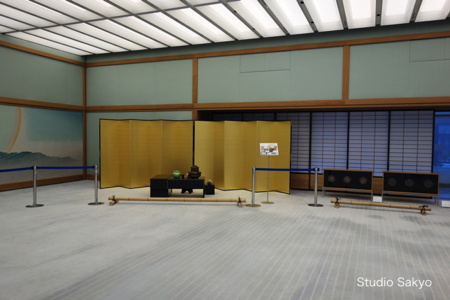
This is also the Yubae-no-ma room.
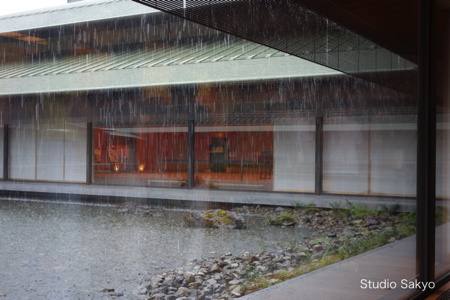
The rain is getting heavier.
(to be continued)
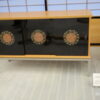
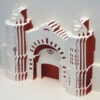
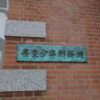
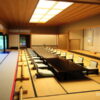
Recent Comments